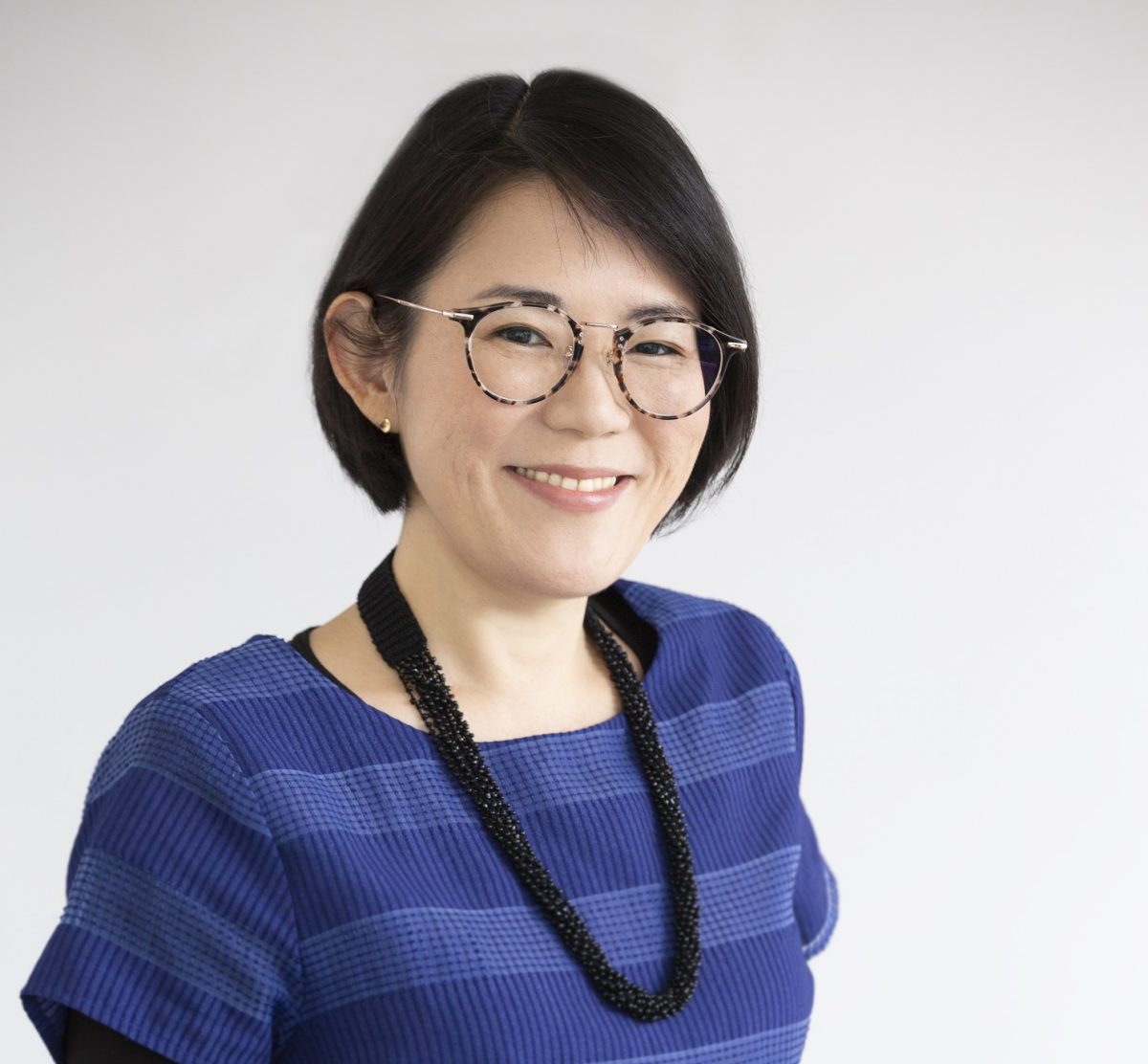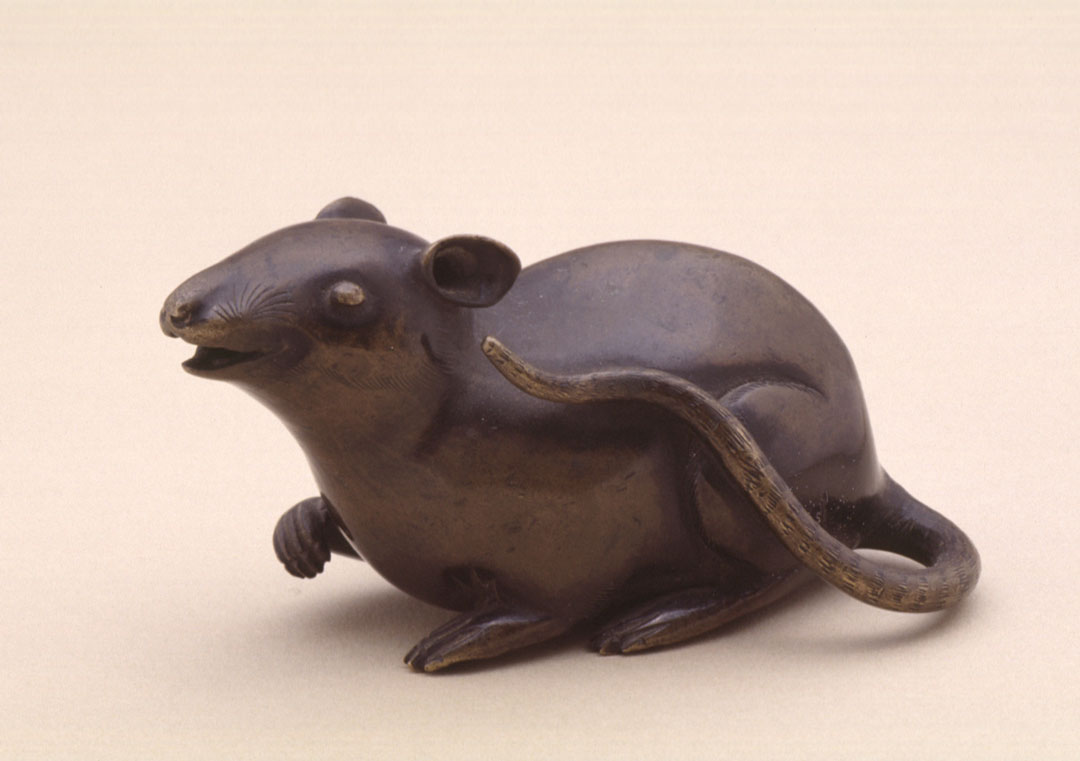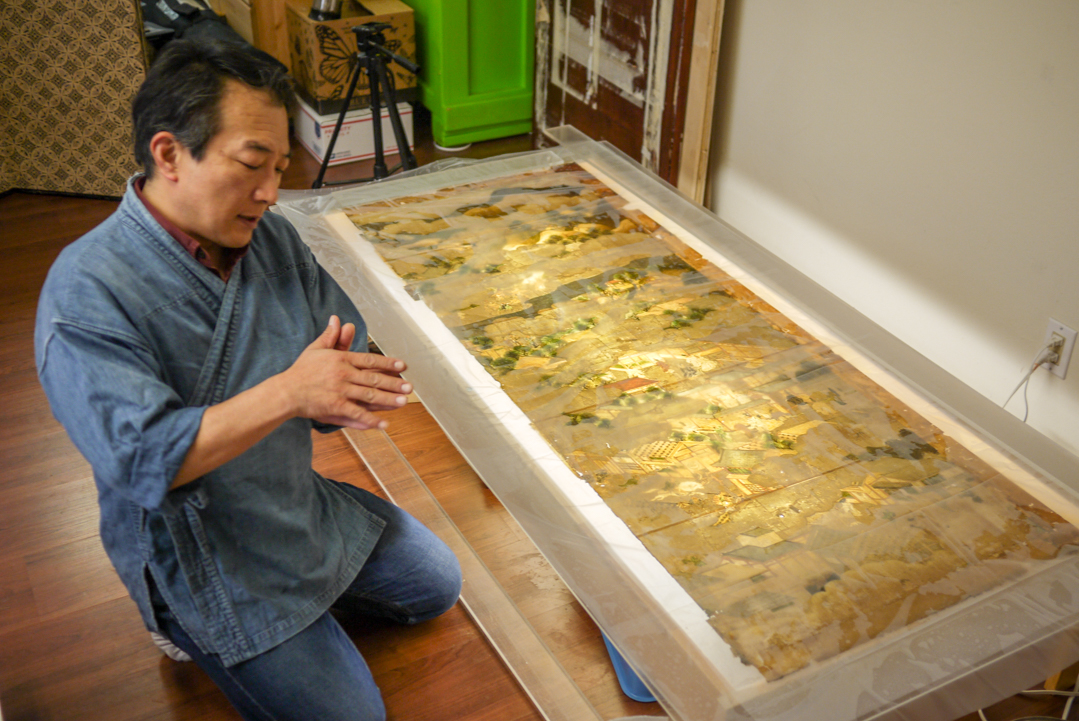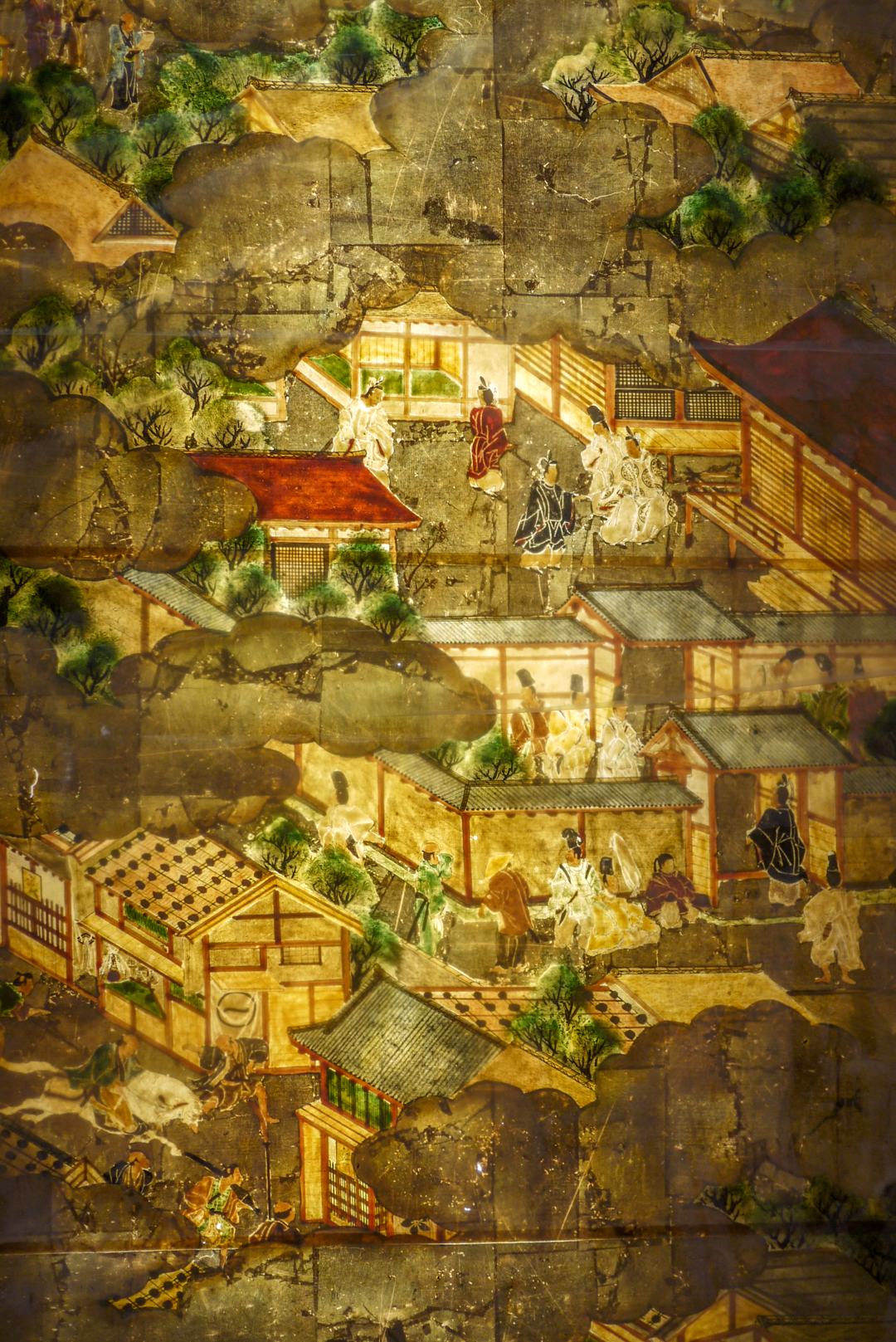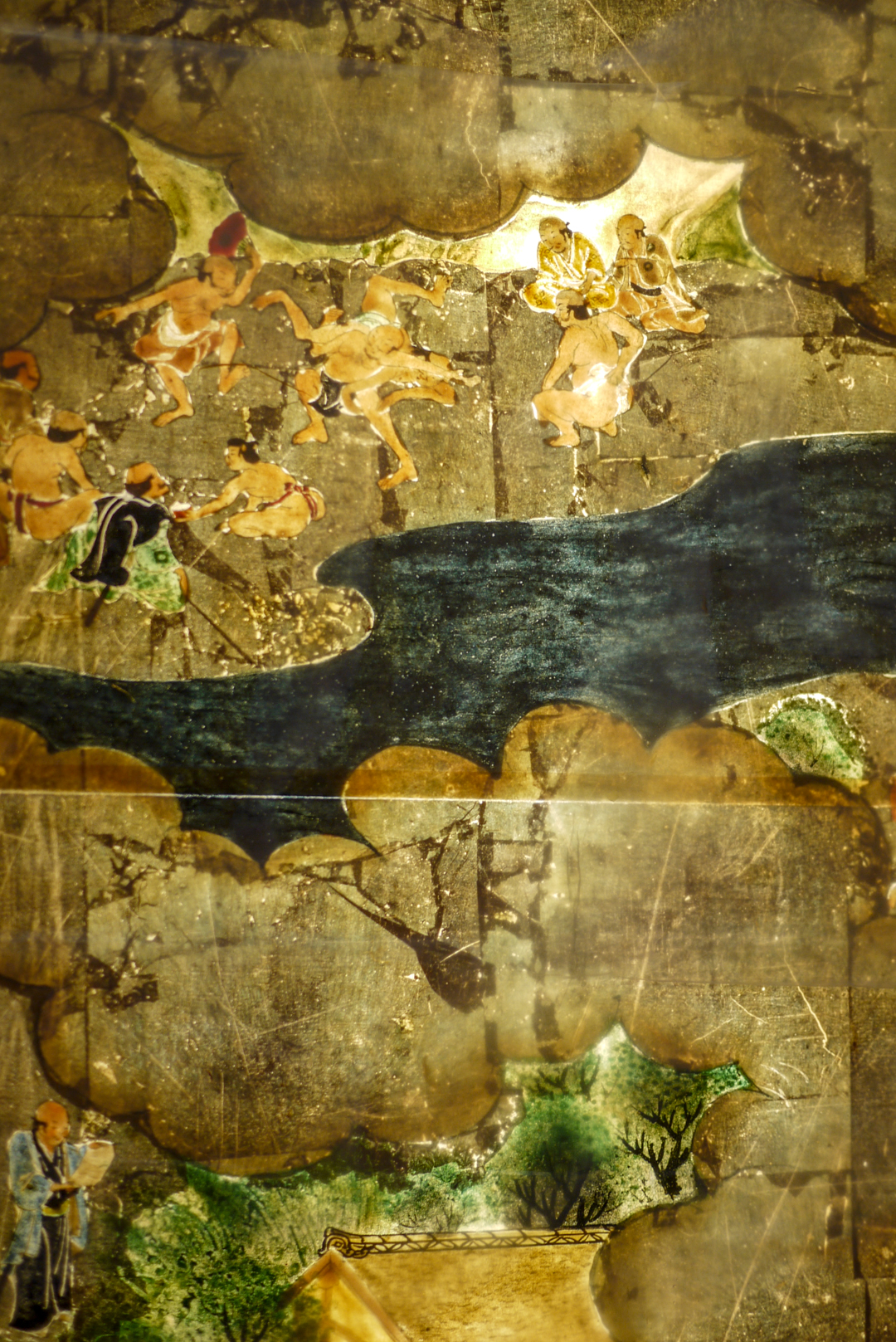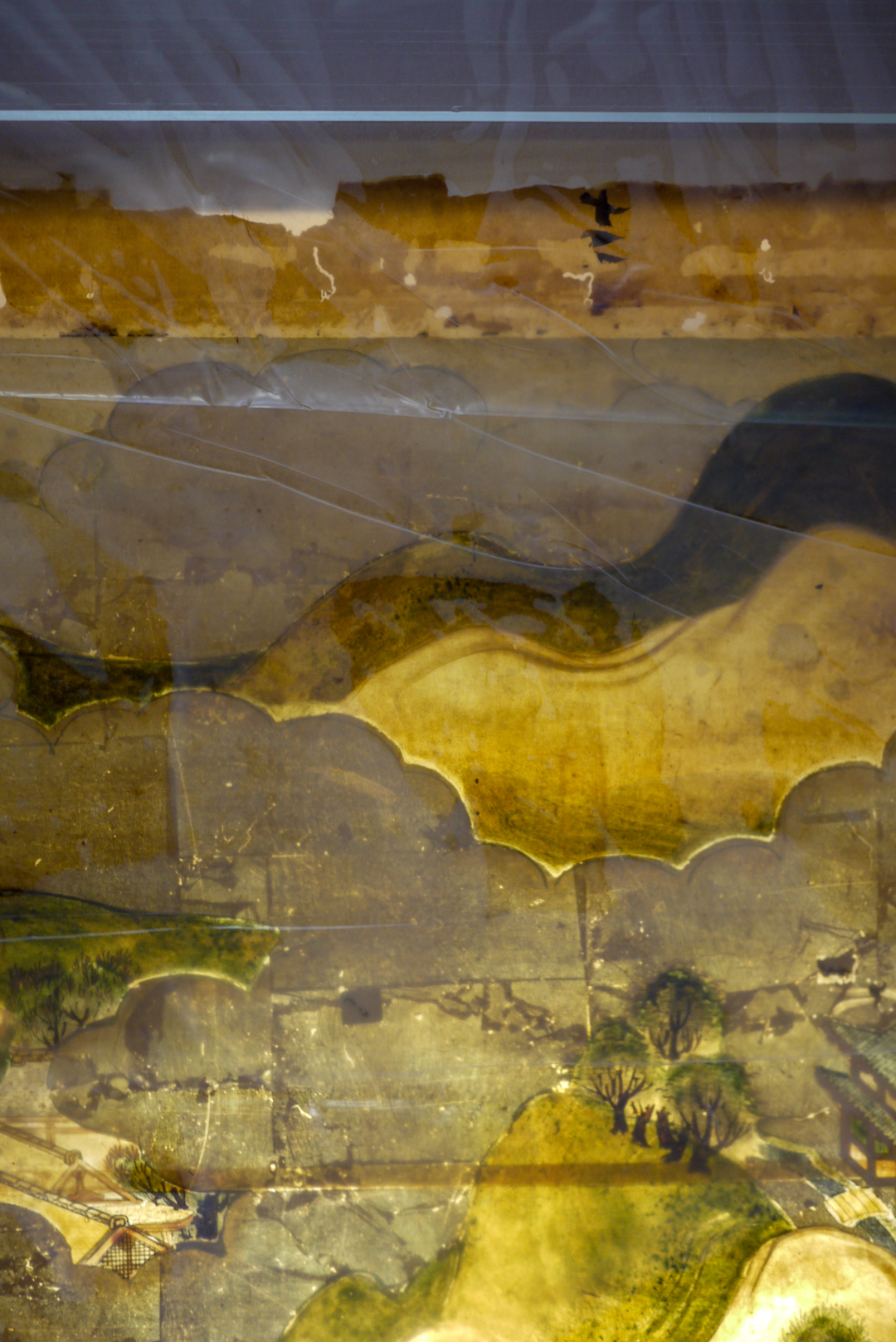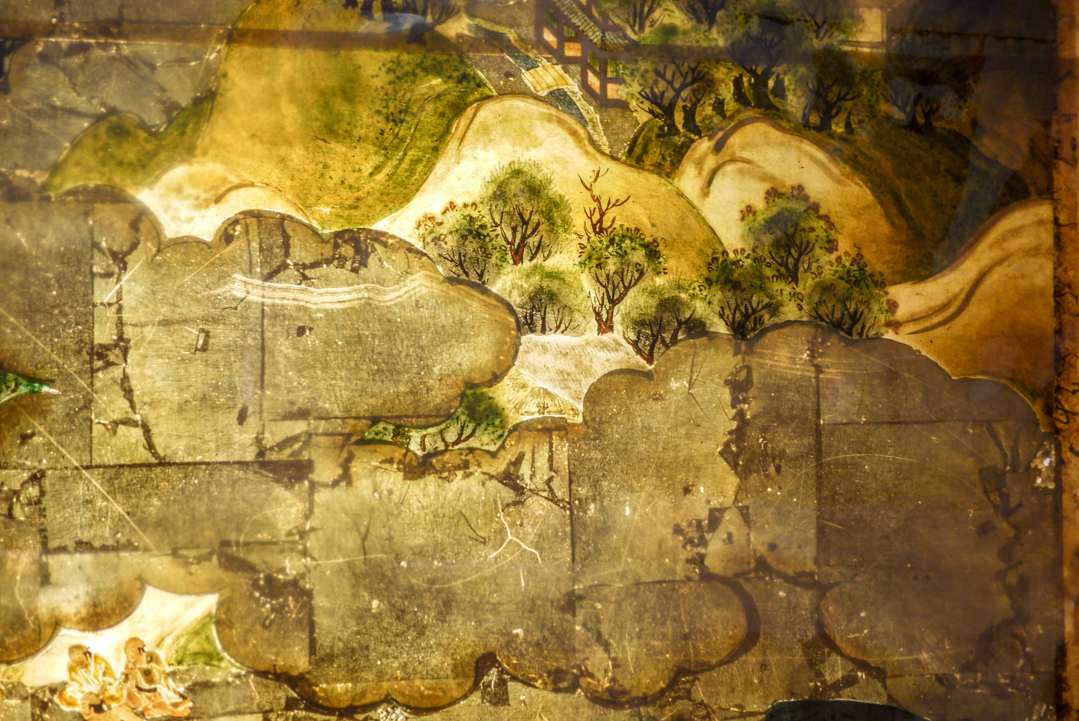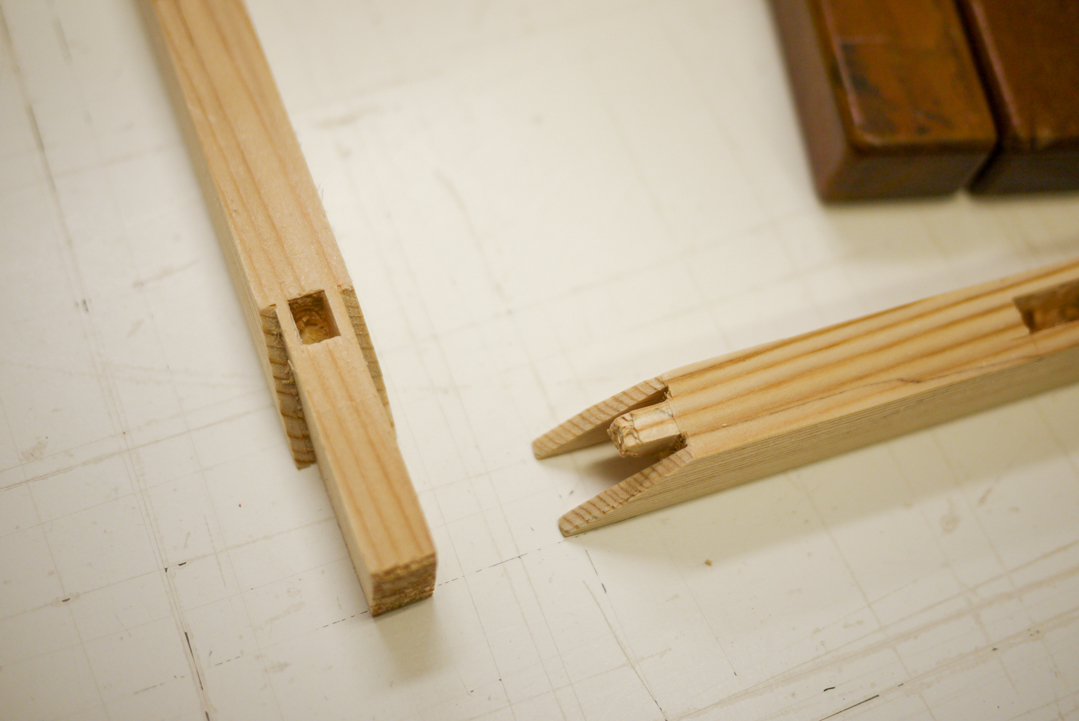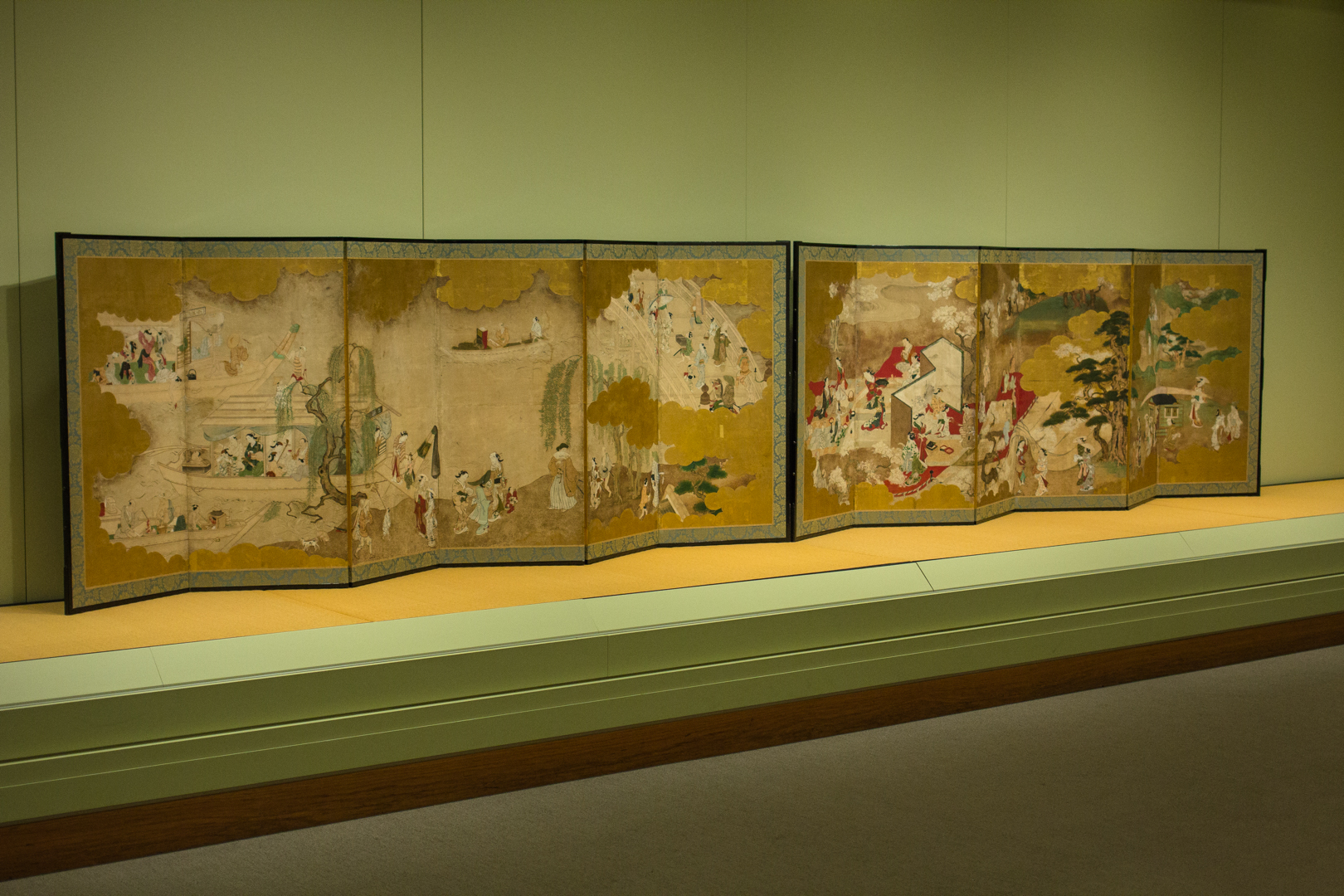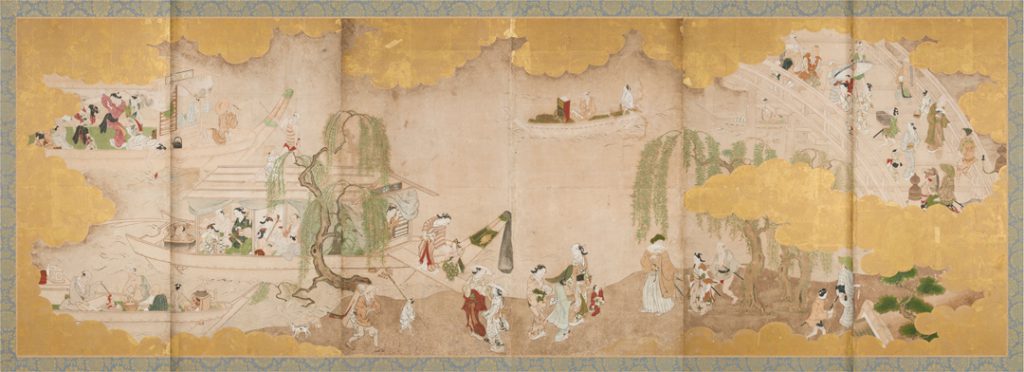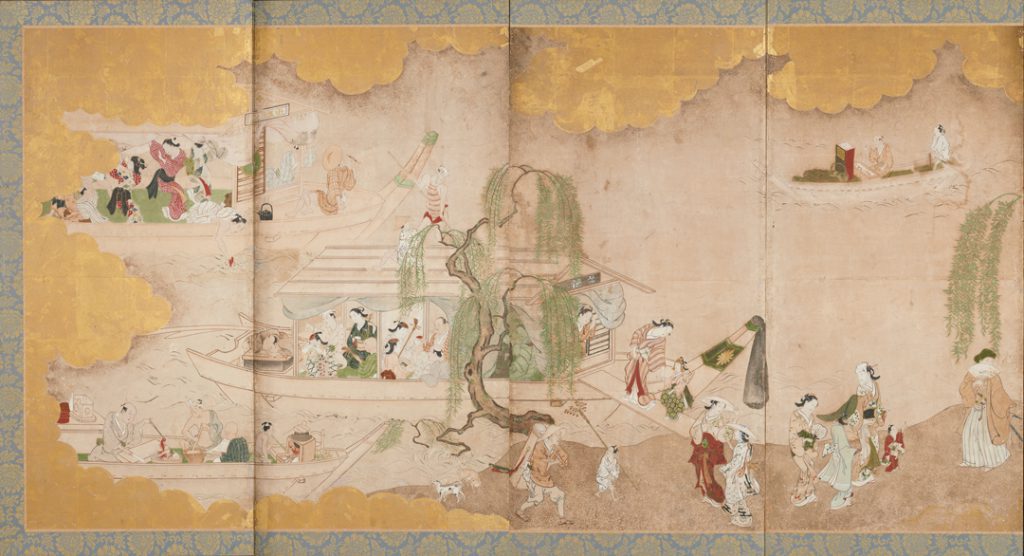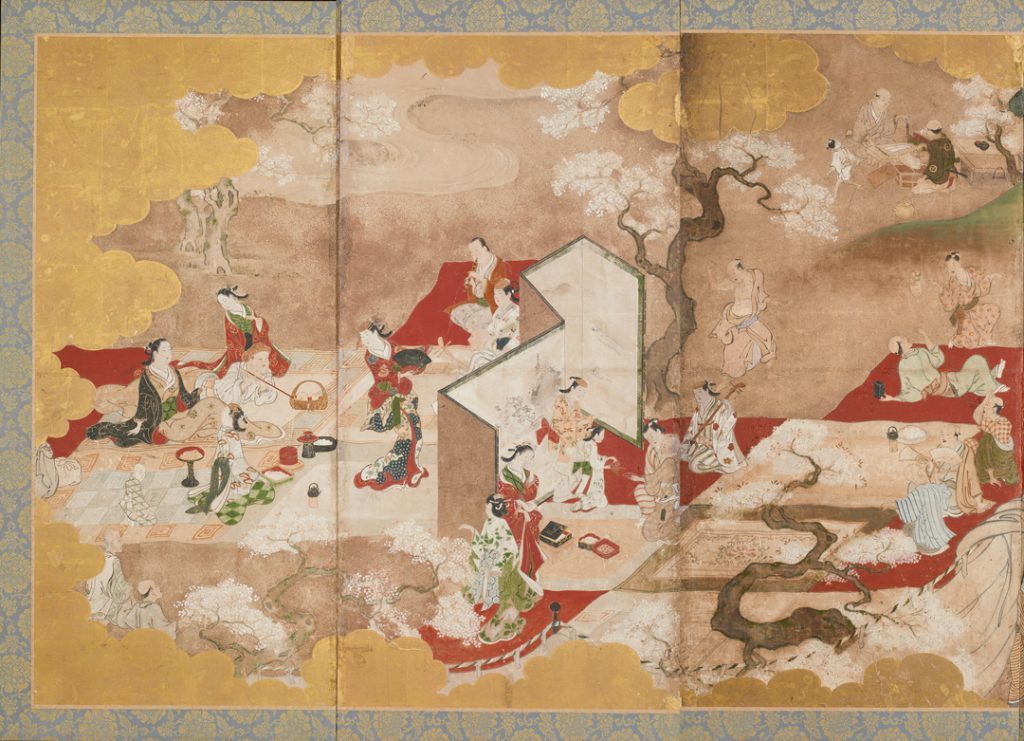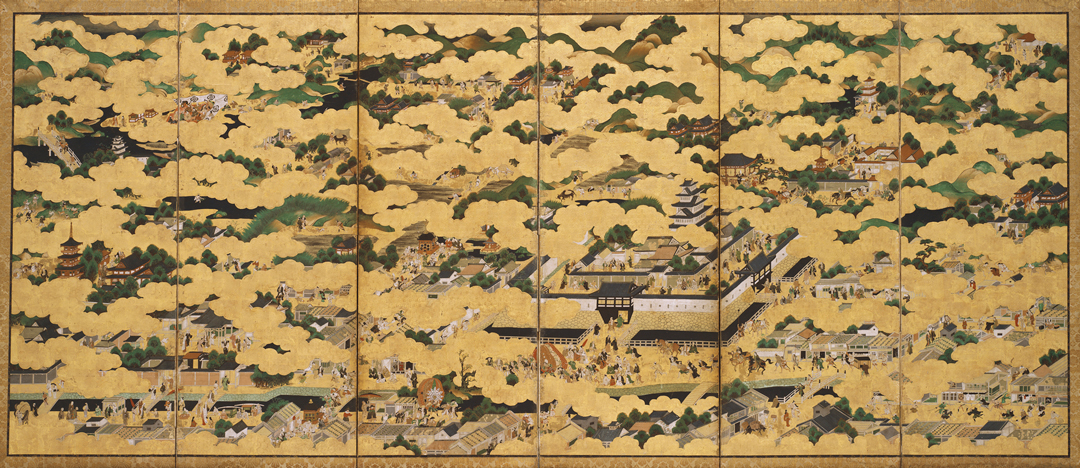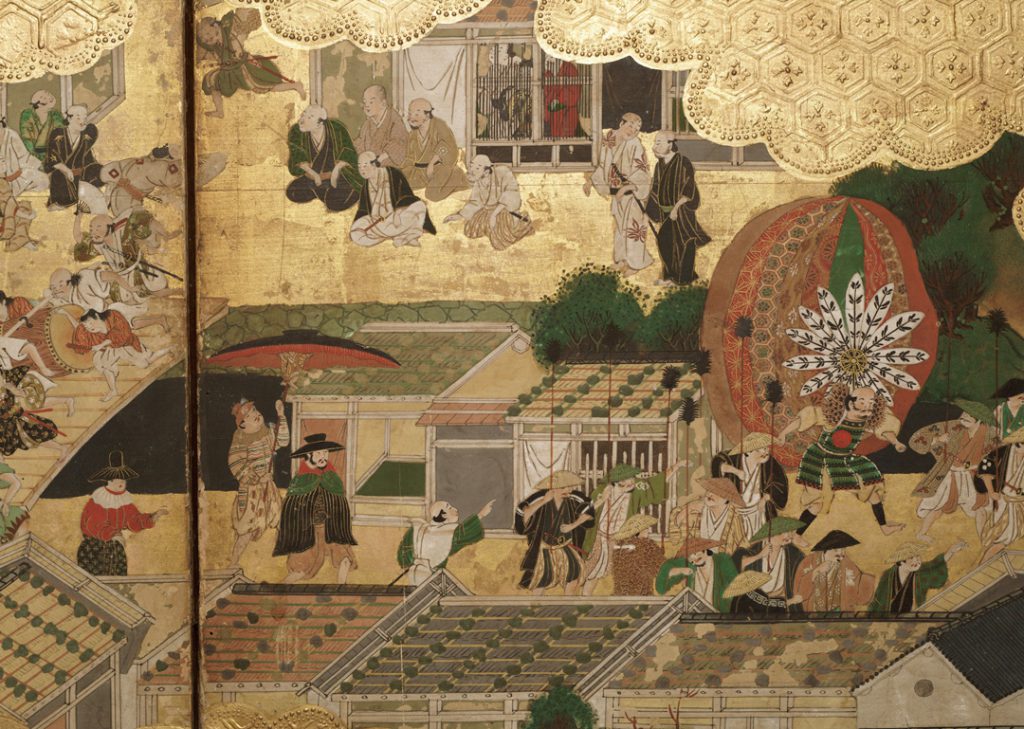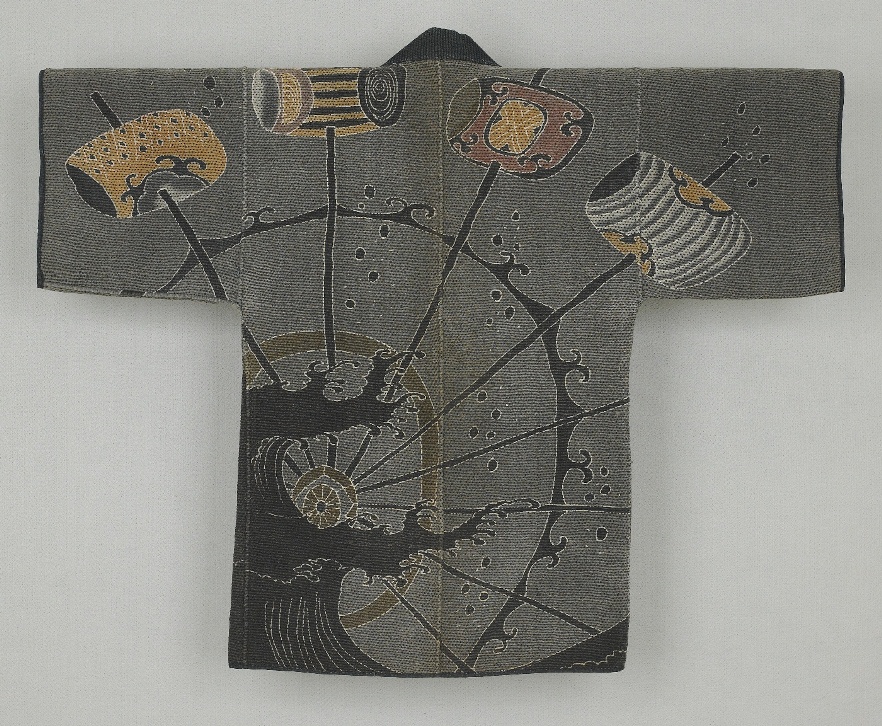Curator Yayoi Shinoda on the Traditional Japanese Art of Mended Ceramics
SAM’s Gardner Center for Asian Art and Ideas presents the 2023–24 season of the Saturday University Lecture Series, exploring various topics loosely inspired by the exhibition Hokusai: Inspiration and Influence from the Collection of the Museum of Fine Arts, Boston at the Seattle Art Museum. On Saturday, January 13, Yayoi Shinoda, Assistant Curator of Japanese Art at the Nelson-Atkins Museum of Art will offer a discussion on the Japanese tradition of mending damaged ceramics to bring them renewed life. In advance of her talk, SAM spoke with Shinoda about what visitors can expect to learn about in her upcoming talk, how her research on mended ceramics began, and the intimacy of this time-honored practice.
SAM: What can the public expect to learn about in your upcoming Saturday University lecture? What initially drew you to this topic?
YAYOI SHINODA: My presentation will focus on the practice of mending ceramics in Japan’s Edo period (1615–1868). The ceramics I highlight were used in tea practice and cherished by their owners, and their restored bodies embody the care they received. Some repairs were made visible intentionally—with some including gold embellishments—that bestowed a new a significance to the original ceramic work. Today, this practice of visible mending is fondly called kintsugi, and has garnered the attention of scholars from a variety of specialties, including psychologists.
My research on this topic began several years ago when I wrote a term paper for a seminar I took at the University of Kansas. The course focused on the transcultural exchanges between Korea and Japan from ancient times to today. One of the areas I love to research is ceramics, so I decided to study a 16th-century Korean bowl that became a tea bowl in Japan. The large bowl is made of a porous, soft porcelain and features a dramatic repair of golden filling along its body. It is such a fascinating work and I knew I had to learn more about it. I had many questions: What is up with this dramatic change? Why and how did that happen? Are there more examples like this? When did this kind of mending begin? After that semester, I continued to study that bowl and others like it. Eventually, Dr. Halle O’Neal invited me to dive into the topic further. My presentation at this January’s Saturday University will be based on my scholarly article on mended ceramics that was published last year.
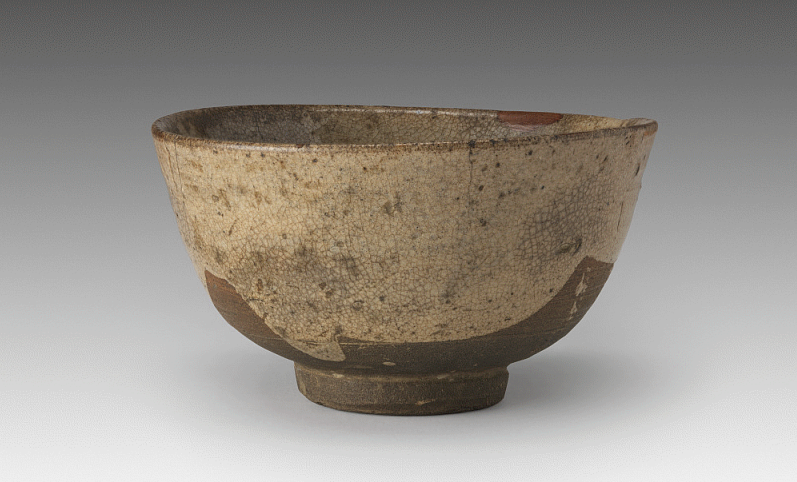
SAM: Academic research often involves travel. Is there a travel experience related to your lecture experience that you could share with us?
YS: My research journey took place during the height of the COVID-19 pandemic, so I could not travel anywhere, not even locally. However, the Nelson-Atkins collection has some ceramics with visible mends, so I was able to study them. Also, thanks to the dedicated librarians, museum colleagues, and other professionals throughout the US and Japan, I was able to access resources remotely. I was fortunate to meet lacquer artists such as Naoko Fukumaru in Vancouver, BC and Gen Saratani in New York via Zoom. And I hope to visit them soon now that we are back to traveling more. Their insights were critical for me in thinking through the meanings of different repair methods and philosophies.
In assessing the Nelson-Atkins’s collection of mended ceramics side-by-side, I found myself considering the intimate connection shared between the tea bowls and their owners, whose names may be known or unknown to us today. The works also display the owners’ taste and sensibility, which likely guided the mending technique and material choice. Another issue that emerged during my research was how little we know about the people who mended these works or when they underwent their bodily change. Although I intend to introduce a few examples of recovery stories in my lecture, many tea ceramics’ physical transformation processes are unrecorded. This is the focus of my ongoing research and may require me to travel in the coming months. Looking to the future, I would also love to learn more about how tea practitioners in the Edo period used the ceramics they had mended.
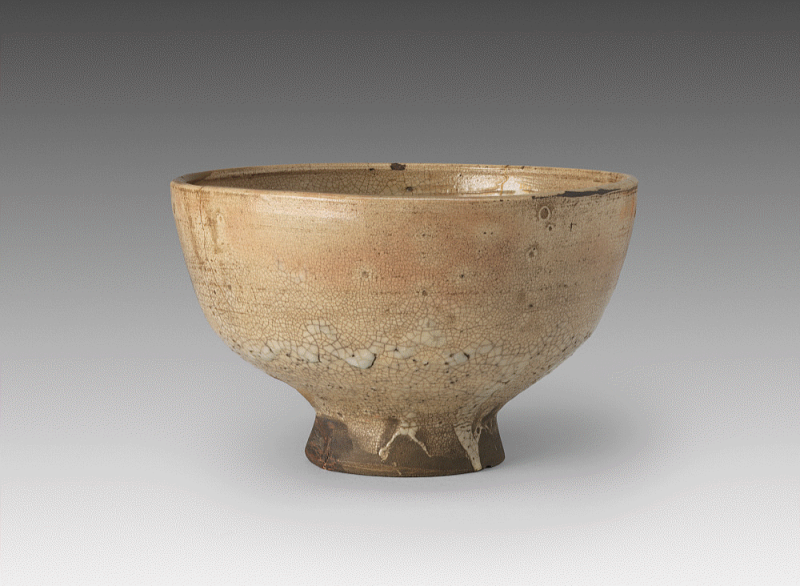
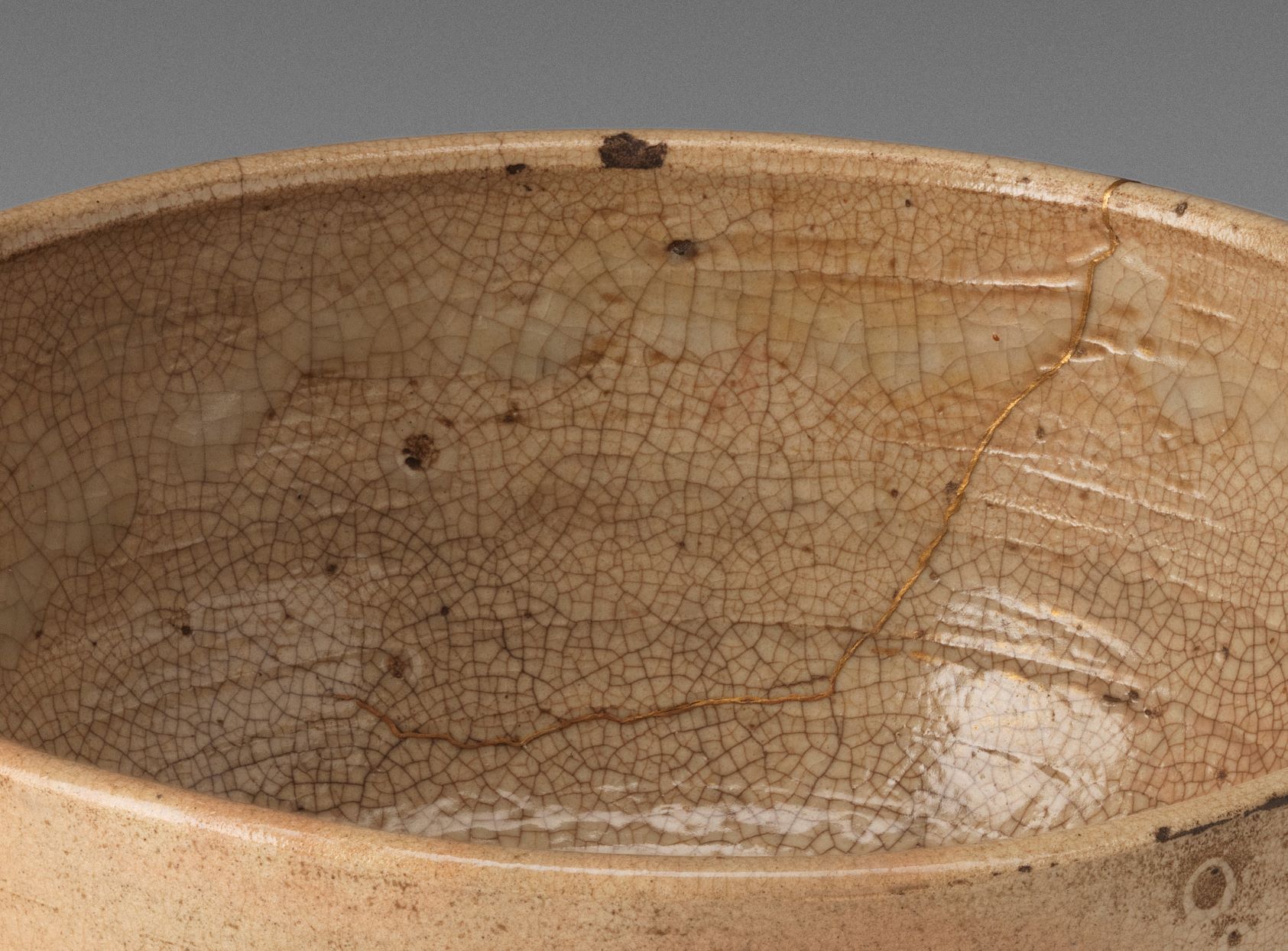
SAM: The Seattle Art Museum is home to nearly 25,000 works of art. What’s one artwork from the museum’s collection that resonates with you? Why?
YS: There are three objects in SAM’s collection that pique my interest. One is Tea Powder Container from the Edo period. The bags made of exquisite textiles speak to the immense significance the owner placed on the container, which is important in thinking about human-object relationships. The second example I love is this beautiful Tea Bowl (“Fuji”) by Ryōnyū (Raku IX; Japanese, 1756–1834). The area in which the glazed and unglazed segments meet creates a striking landscape that resembles Mount Fuji. The lens to see this kind of “accidental” effect as a landscape also applies to appreciating mended ceramics’ transformed bodies. Lastly, I want to spotlight Tea Cup, named “Red Plum in Winter,” by Dōnyū (Raku III; Japanese, 1599–1656) because of its charming and carefully mended embellishments made with gold powder. The fine golden lines gently transform the cup’s body, while also testifying to the care it received from its owner.
SAM: What’s one book you’d recommend to those interested in learning more about your lecture topic?
YS: This is a tough question to answer because of the many informative resources that already exist. Here are a few recommendations to get you started:
- Kintsugi: The Poetic Mend, Kemske, Bonnie, New York: Bloomsbury, 2021.
- Reuse, Recycle, Repurpose: The Afterlives of Japanese Material Culture. O’Neal, Halle, ed, Special Issue, Ars Orientalis 52, 2022.
- Flickwerk: The Aesthetic of Mended Japanese Ceramics. Museum für Lackkunst, Translated by Howard Fine. Münster: Museum für Lackkunst, 2008.
– Simon Tran, SAM Manager of Public Engagement at the Seattle Asian Art Museum
Photos: Courtesy of Yayoi Shinoda. Tea Bowl, Japan, late 16th to early 17th century. Glaze stoneware (Karatsu ware) with lacquer mending. Overall: 3 x 5 1/2 inches (7.6 x 14.0 cm). Purchase: William Rockhill Nelson Trust, 32-62/6. The Nelson-Atkins Museum of Art, Kansas City, Missouri. Tea Bowl, Japan, late 17th century. Stoneware with pinkish white crackle glaze (Gohonde ware) with lacquer mending. Overall: 3 1/2 x 5 5/8 inches (8.9 x 14.3 cm). Purchase: William Rockhill Nelson Trust, 32-62/2. The Nelson-Atkins Museum of Art, Kansas City, Missouri.
